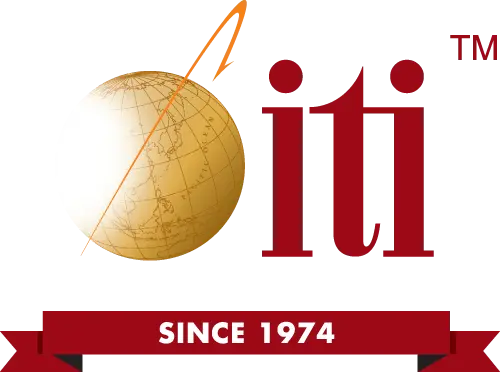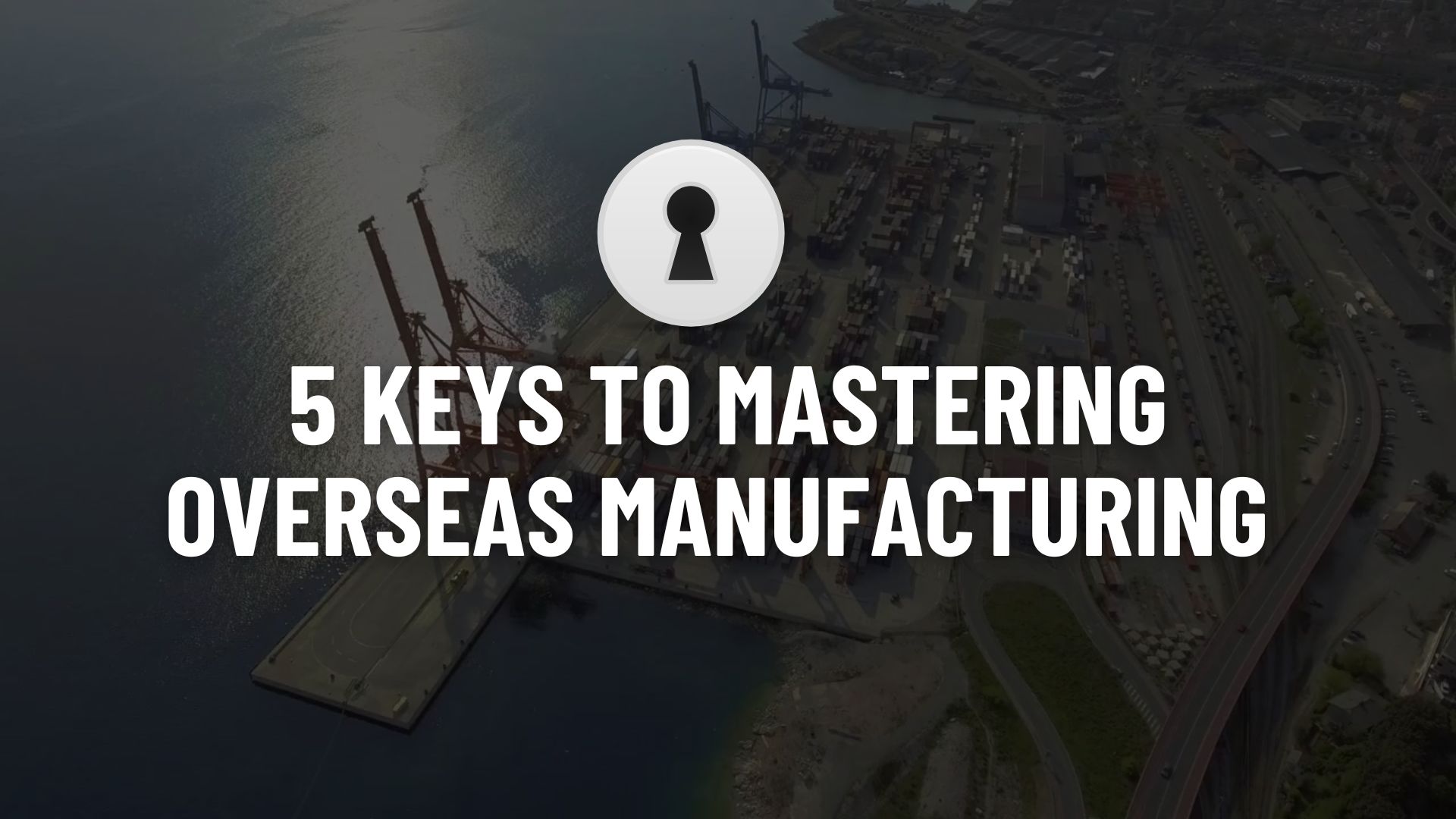Industrial designers put heart and soul into product development manufacturing projects. We see this firsthand in our custom outsourcing projects all the time. We’re always impressed by how resilient New Product Development (NPD) engineers are in the face of uncertainty, especially surrounding timelines to market. One key area of uncertainty involves the prototyping stage of product development.
To support our product developer community, we’ve put together this article outlining product prototype manufacturing steps, example criteria and ways to estimate time budgets throughout.
The prototype manufacturing process (which occurs before production sampling and full manufacturing release) typically involves three distinct steps:
- Proof of concept: Once a new industrial or consumer product has enough early design and engineering work complete, it’s ready to enter the world as a proof-of-concept prototype. This early prototype is usually produced by the product designer, using commodity materials to mockup a rough resemblance of the final product. At this stage, the designer tests out general fit and form, basic functionality and early stakeholder interest.
- Engineering sample: With the proof of concept complete, NPD engineers will next construct a fully functional prototype that can be technically examined in detail, known as an engineering sample. This phase of prototyping is meant to flesh out any performative concerns with the design, including integration with third-party components. Near-final materials and tool processes are used, typically fabricated at a local fab shop, or in-house. In effect, this sample confirms that the design is viable both in function and aesthetics, paving the way to production prototyping.
- Production prototype: NPD engineers will next run a production prototype to assure that final material selections, manufacturing tool processes, packaging and all other details are good to go. This is the most critical step of prototyping, as it tests out actual final materials, components, manufacturing methods, quality control passes and packaging, assuring that the entire production process renders a final product exactly as expected. In addition, this step informs critical financial and commercial elements of the project, a necessary milestone towards full stakeholder approval.
Estimating a Time Budget for New Product Development Manufacturing
Budgeting the correct amount of time needed to work through prototyping is a balance of experience, risk tolerance and incurred costs. Budgeting too short of time may skip critical validation steps, whereas allowing for too much time may mean missing the market’s window of opportunity. Either option can cause irreparable harm to a product development cycle, financially or otherwise. To get a sense of a reasonable prototyping sequence and its timeline, let’s walk through the process using a recent project: a solar-charged emergency lantern.
Initial Proof of Concept
With our example project, our client assembled a working proof of concept prototype using 3D printed components and sourced solar charging electronics. The time needed at this step is mainly driven by how complete the initial design and model are, as well as lead times on materials to be ordered in.
Time budget: 2 – 4 weeks
Engineering Sample
At this time, the client contracted with a local machine shop to produce several engineering samples, complete with functioning solar charging and upgraded materials. While the final design was to be plastic molded, the client chose to mill the engineering sample out of solid composite blocks, allowing for multiple modifications and tool process enhancements to be worked out during the runs. Because this step is driven by fabrication availability as well as by how many iterations of the design are needed, a healthy time budget is suggested.
Time budget: 6 – 8 weeks
Next, we break the production prototyping stage down into four sub-steps:
Design Documentation Updates
After completion of the engineering sample, all design and engineering documentation must be updated to reflect the changes and improvements made. In essence, this is the time to assemble the manufacturing data that suppliers will build from and be commercially liable against.
Time budget: 4 – 6 weeks
Production Prototype Supplier Qualification
Because the production prototype is the “real deal,” it must be produced on a full manufacturing line as if it were going into final mass production. The gravity of this step takes careful consideration of the players involved: material suppliers, manufacturers and logistic partners, at least. To this end, a healthy supplier qualification process is necessary. With our guidance, our lantern client set aside enough time for ITI to find, interview and vet qualified suppliers. If our client chose to take on these challenges on their own, they would need to understand that this timeframe could drag out due to distances, availability, pricing and communication challenges.
Time budget: 4 – 8 weeks if doing it alone, 1-3 weeks if using a partner such as ITI.
Prototype Manufacturer Technical Review
Manufacturers know their business and their equipment’s capabilities, which makes a manufacturer’s technical product review a paramount next step. After the ideal production facility is selected (or even as part of the qualification step above), NPD engineers should ask for a technical review around production feasibility, constructability and cost performance at scale. With our solar-charged lantern project, we took time to work out specific manufacturability challenges that ultimately saved about 15 percent of the mass production cost; well worth the time.
Time budget: 2 – 4 weeks
Production Prototype Manufacturing Release
With all details worked out and expectations managed, our client next released a purchase order to ITI to mass-produce their product. Part of this process involved a pre-production run of (10) pieces. With production PO in hand, ITI started fabrication of the necessary fixturing, purchased special tooling and found an available time slot in the production schedule. This step can be lengthy due to employee training for the specific product production, automation configuration and quality control elements. The pre-production pieces were then air-freighted to the customer for final review, before the full production was completed. In this stage, if any last changes need to be made, the customer has time to make these changes based off the pre-production samples before his production order is fully produced and shipped. This is a very important step that can save customers significant time and money.
Time budget: 4 – 8 weeks
At the end of this timetable, ITI’s manufacturer ran the lantern pre-production samples with complete success. Our client was thrilled, stakeholders were impressed, and the project was approved to move forward to full production.
While the timeline described above may seem long, it’s important to focus on the outcome. Aside from producing a prototype, following this sequence of events also directly produces the building blocks that are absolutely necessary to construct a full manufacturing engagement.
Clients searching for full manufacturing pricing should come prepared with a robust request for proposal (RFP) package including the design documentation, bill of materials, prototype sample and prototype production notes all described above. Going through this prototyping process assures that these assets are pieced together along the way,vahead of full manufacturing.
Closing Considerations on Prototype Manufacturing
With the above said, we have four notes to add:
- Every product development cycle and required resources are different. All time estimates above draw from our typical experience, but are surely subject to change.
- There is a direct relationship between cost and timelines when it comes to NPD manufacturing, and this relationship is not linear. That is, speeding things up beyond a certain point can quickly escalate in cost well past diminishing returns.
- We specifically did not mention time for shipping and handling, which can vary wildly depending on prototyping location, domestic vs foreign, as well as any associated import and customs processing time.
- Many of the above steps can and should overlap. For example, manufacturer qualification can start as soon as the engineering sample is deemed viable, which can also pull forward the manufacturer technical review such that as soon as design documentation is updated, it can be released for prototyping straight away.
Ready to Manufacturing Your New Product?
Let’s talk about the next steps in your exciting new venture. Contact us today with your NPD manufacturing questions.







